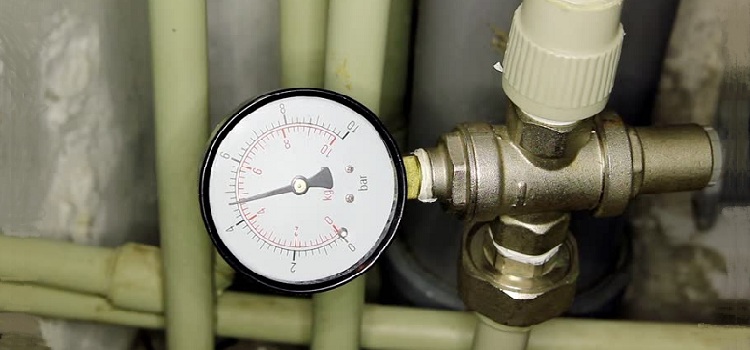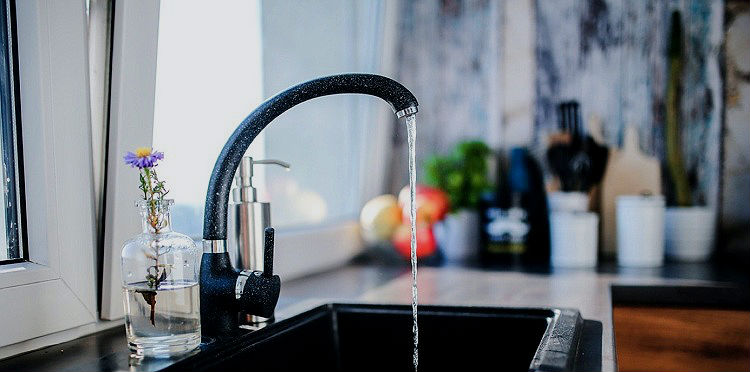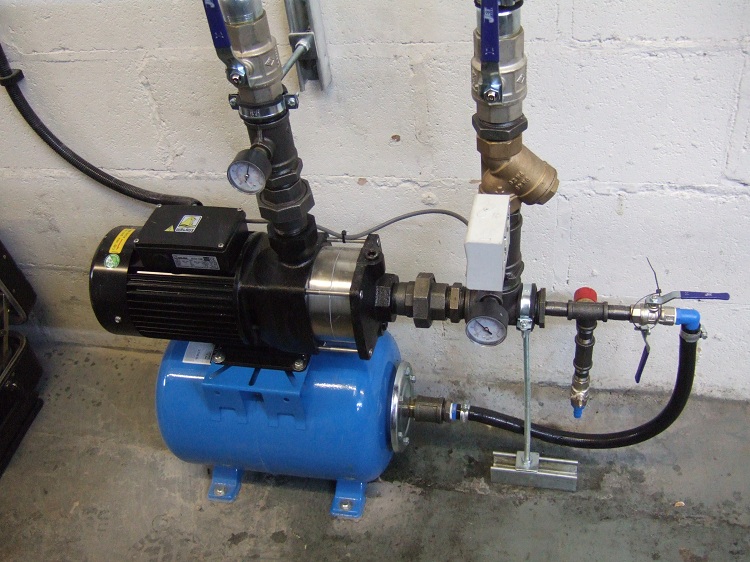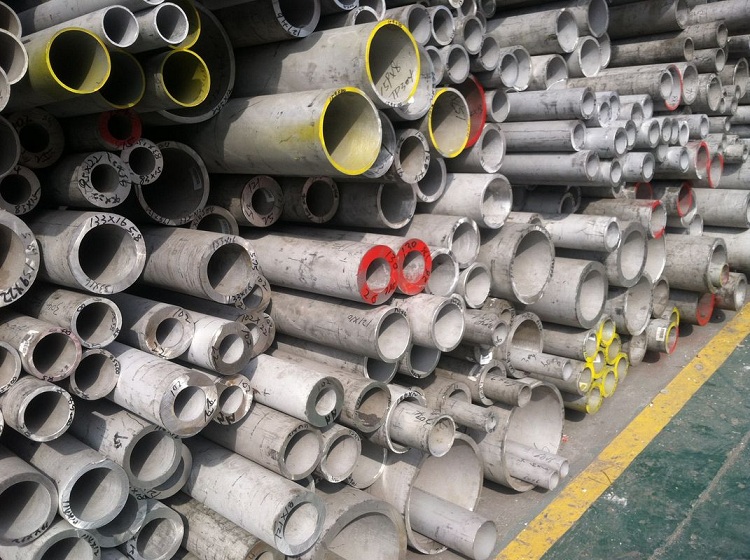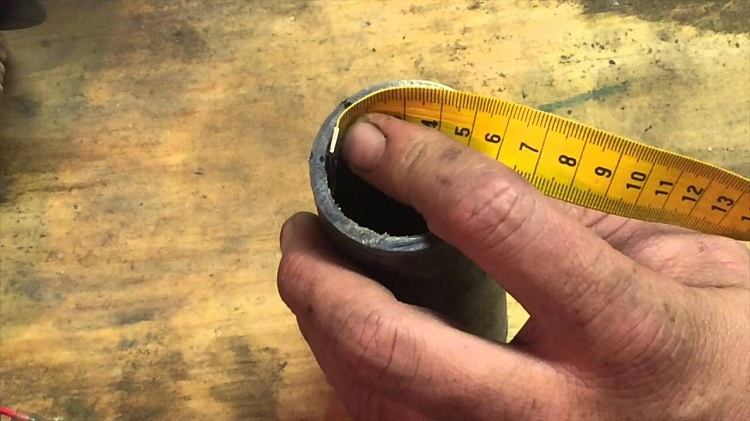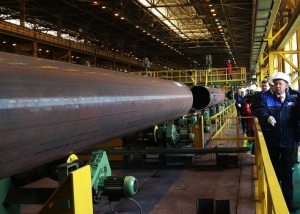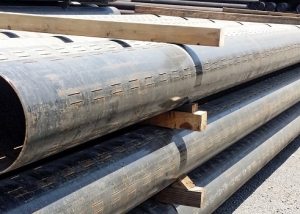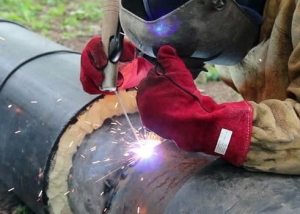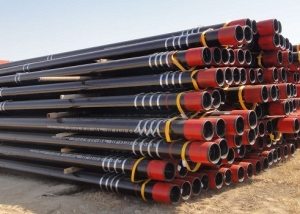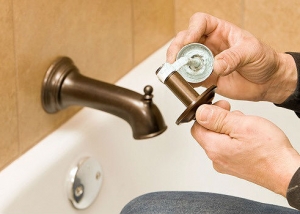Comfort in the house is difficult to imagine without running water. And the appearance of new equipment in the form of washing machines, dishwashers, boilers and other units has further increased its role in 21st century housing. But these units require that the water comes from the water supply with a certain pressure. Therefore, a person who decides to equip his house with a water supply system must know how to calculate the required water pressure in the pipeline so that all devices work normally.
Content
Definition of an indicator
The pressure in the pipeline is usually divided into the following types: working, conditional, trial and design. Without knowledge of their differences, it will be difficult to calculate the pressure drop of the fluid transported through utilities. Accordingly, when selecting suitable elements of a water supply system, the owner will encounter difficulties that do not allow for a comfortable stay in the living room.
- Working. This external or internal, necessarily the maximum overpressure recorded at standard components of the course of the process of transporting water under normal conditions.
- Conditional. Use this indicator when calculating the strength of pipelines (and vessels) that operate under a certain pressure at a water temperature of 20 ° C.
- Trial. This simple indicator is measured during a structural test. On its basis, the behavior of system elements is monitored when the pressure in the water supply changes. This approach serves as a kind of general insurance before laying the network.
- Estimated. By such is meant the maximum excess pressure in the cavity of the pipeline produced by the substance transported through it. It should be borne in mind that not only pipes are exposed, but also all the elements that make up engineering communications. It is on the basis of the design pressure that the wall thickness of the water pipe is determined. The functionality, as well as the duration of the operation of the system and, of course, the safety of the inhabitants of the house depend on this.
A simple example of calculating pipe pressure
As you know, not so long ago, the water supply was connected to a water tower. Thanks to this particular structure, pressure is created in the water supply network. The unit of measurement for this characteristic is the atmosphere. Moreover, the size of the tank located at the top of the tower does not affect the value of this parameter, it depends only on the height of the tower.
Good to know! In practice, pressure is measured in meters of water. When pouring water into a pipe 10 meters high, a pressure equal to one atmosphere will be recorded at the lower point.
Consider an example with a house of 5 floors. Its height is 15 meters. That is, 3 meters fall on one floor. A tower with a height of 15 meters will create a pressure of 1.5 atmospheres on the ground floor. The value of this indicator in the pipe on the second floor will be 1.2 atmospheres. It turns out this by subtracting from the number 15 the height of one floor - 3 meters, and dividing the result by 10.Having made further calculations, it will become clear to us that there will be no pressure on the 5th floor. Logic suggests that in order to provide water for people living on the top floor, you will need to build a higher tower. And if we are talking, for example, about a 25-story building? No one will erect such large structures. To this end, modern water supply systems are equipped with deep pumps.
The pressure at the outlet of such a unit is calculated very simply. For example, if a deep-well pump, the power of which is enough to raise water to the level of 50 meters of water column, is immersed in the well for 15 meters, it will create a pressure of 3.5 atmospheres (50-15 / 10 = 3.5) at the surface of the earth.
How pipe thickness is calculated from pressure
When water moves through the pipe, resistance arises from its friction against the walls, as well as against various obstacles. This phenomenon is called the hydraulic resistance of the pipeline. Its numerical value is in direct proportion to the flow rate. From the previous example, we already know that at different heights the water pressure is different, and this feature should be taken into account when calculating the inner diameter of the pipe, that is, its thickness. A simplified formula for calculating this parameter for a given pressure (pressure) loss looks like this:
Dvn = KGSopr × Dl. tr. / PD × (Ud.weight × Sk / 2g),
where: Dvn. - inner diameter of the pipeline; KGSopr. - coefficient of hydraulic resistance; Dl.tr - the length of the pipeline; PD - specified or permissible pressure loss between the end and initial sections of the pipeline; Ud.weight. - specific gravity of water - 1000 kg / (9815 m /; Sk. - flow velocity m / s; g - 9.81 m / s2. The well-known constant is the acceleration of gravity.
The pressure loss in the fittings and fittings of the pipeline with sufficient accuracy is determined by the loss in a straight pipe of equivalent length and with the same conditional passage.
How to calculate pipe walls by pressure
An accurate calculation of this indicator of steel pipes that operate under the influence of excessive internal pressure includes two stages. First, the so-called calculated wall thickness is calculated. Then, the wear thickness from corrosion is added to the resulting number.
Advice! When making and installing the piping, do not install separate random inserts. In order not to provoke an accident, work only with those whose dimensions coincide with the calculated ones.
Thus, the generalized formula for calculating the wall thickness is as follows:
T = RTS + PC,
where: T is the desired parameter is the wall thickness; RTS - estimated wall thickness; PC - an increase in corrosion wear.
The calculated wall thickness depending on the pressure is calculated by the following formula:
RTS = VIEW × Dnar /230 × DR × KPSH + P,
where: VIEW - internal overpressure; Dnar. - outer diameter of the pipe; DR - allowable tensile stress; KPSh - coefficient of strength of the seam. Its value depends on pipe manufacturing technology. At the final stage of calculating the pipe wall by pressure, we add the value of the PC parameter to the RTS. It is taken from the directory.
Pressure and pipe diameter
The correct determination of the cross section of the pipes is no less important than their choice according to the material of manufacture. If the diameter and pressure are incorrectly calculated, turbulence of the air present in it and in the flow of water will occur in the pipe. Because of this, the movement of the liquid through the pipe will be accompanied by increased noise, and a large amount of calcareous deposits will form on the inner surface of the water supply branch. In addition, it should be remembered that the existence of a dependence of pressure on the diameter of the pipe can adversely affect the throughput of the water supply.In practice, many residents of apartments and houses faced a situation when, with the simultaneous inclusion of several taps, the water pressure dropped sharply. This trouble occurs for two reasons: when the pressure has dropped throughout the system and when the connected pipes have a lower diameter.
Below is a table for the maximum estimated water flow through pipelines of the most common diameters at various pressure values.
Table 1
| Consumption | Throughput. Unit of measurement - kg / hour | |||||||||
| Do pipe | 100 | 80 | 65 | 50 | 40 | 32 | 25 | 20 | 15 | |
| mbar / m | Pa / m | 0.3 m / s | 0.15 m / s | <0.15 m / s | ||||||
| 3,00 | 300 | 56160 | 27900 | 18000 | 8892 | 4680 | 3078 | 1415 | 767 | 331 |
| 2,80 | 280 | 54360 | 26928 | 17338 | 8568 | 4356 | 2970 | 1364 | 742 | 317 |
| 2,60 | 260 | 52200 | 25920 | 16740 | 8244 | 4356 | 2855 | 1310 | 713 | 306 |
| 2,40 | 240 | 50400 | 24876 | 16056 | 7920 | 4176 | 2740 | 1256 | 680 | 288 |
| 2,20 | 220 | 47880 | 23760 | 15336 | 7560 | 3996 | 2617 | 1202 | 652 | 281 |
| 2,00 | 200 | 45720 | 22644 | 14580 | 7200 | 3780 | 2488 | 1151 | 619 | 266 |
| 1,80 | 180 | 43200 | 21420 | 13824 | 6804 | 3589 | 2354 | 1080 | 583 | 252 |
| 1,60 | 160 | 40680 | 20160 | 12996 | 6408 | 3373 | 2210 | 1015 | 547 | 234 |
| 1,40 | 140 | 38160 | 18792 | 12132 | 5976 | 3143 | 2059 | 943 | 511 | 220 |
| 1,20 | 120 | 35100 | 17352 | 11196 | 5508 | 2898 | 1897 | 871 | 472 | 102 |
| 1,00 | 100 | 31932 | 15768 | 10152 | 5004 | 2632 | 1724 | 788 | 425 | 184 |
| 0,975 | 97,5 | 31500 | 15552 | 10044 | 4932 | 2596 | 1699 | 778 | 421 | 180 |
| 0,950 | 95,0 | 31104 | 15372 | 9900 | 4860 | 2560 | 1678 | 767 | 414 | 176 |
| 0,925 | 92,5 | 30672 | 15156 | 9756 | 4788 | 2524 | 1652 | 756 | 407 | 176 |
| 0,900 | 90,0 | 30240 | 14940 | 9612 | 4716 | 2488 | 1627 | 745 | 403 | 173 |
In most risers, the average pressure is in the range of atmospheres.
Calculation of home water supply
From a practical point of view, the pressure in the water supply system is most often associated with the volume of water supplied per unit time, that is, with the throughput of the water supply branch. In this context, the issue of calculating domestic water supply will be considered. After studying the passport data of devices and units that consume water, the total flow is summarized. Then, the consumption of all installed and used water taps is added to the resulting figure.
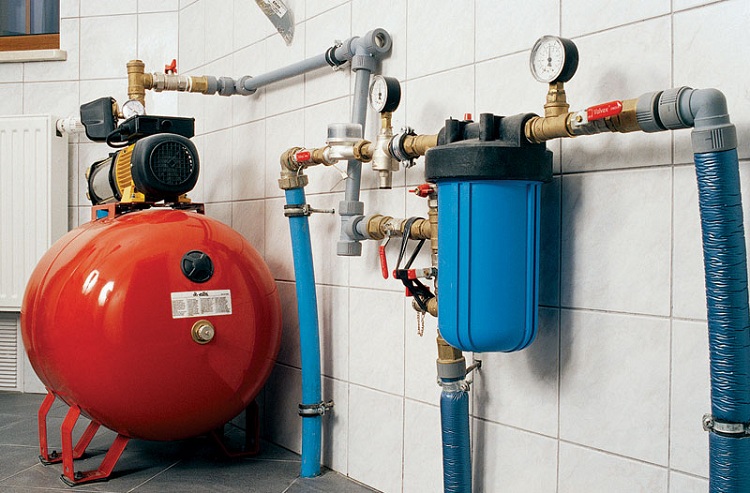
For a home water supply system operating from a well, the choice of pipes depends on the capacity of the pump
Helpful information! One such plumbing device passes about 5-6 liters of water through itself in one minute.
After that, all numbers are summed up, and the output is the total flow in the house of water. Based on these data, a pipe is bought with a diameter that will provide the necessary pressure and, accordingly, the amount of water to all water-folding devices that work simultaneously.
If the home water supply is planned to be connected to the city network, the owner has no choice, he will be forced to use what is available. Another thing, if we are talking about a private house, powered by a well. Then you should buy a pump that can provide the water supply with a pressure that matches the costs. The selection is made according to the passport data of such a unit. In determining the diameter, the table below will help you.
table 2
| Pipe throughput | Diameter and length of the pipeline | ||
| Flow rate, l / min | Pipe diameter | Pipe diameter | Water supply length, meters |
| 75 | 38 | 32 | More than 30 |
| 50 | 32 | 25 | |
| 30 | 25 | 20 | Less than 10 |
Here are the parameters of only the most commonly used pipe products.
Modern means
If there is no time or you are not prone to mathematics, you can calculate the water flow through the pipeline taking into account the pressure drop using the online calculator. The Internet is replete with sites with the same tools. To make a hydraulic calculation, it is necessary to take into account the loss coefficient. This approach involves the choice of:
- pressure drop per linear meter of the pipeline;
- plot lengths;
- pipe inner diameter;
- type and material of the water supply system (plastic, reinforced concrete, asbestos cement, cast iron, steel). Modern online calculators even take into account, for example, lower roughness of a plastic surface compared to steel;
- method of calculating resistance.
In addition, the user has options for taking into account additional characteristics of pipelines, in particular, such as the type of coating. For instance:
- cement-sand, applied by various methods;
- external polymer-cement or plastic;
- Pipelines that are new or have worked for a certain period of time with or without a protective bitumen coating.
If the calculation is done correctly, subject to the installation being carried out in compliance with all requirements for the water supply, no complaints will arise.
